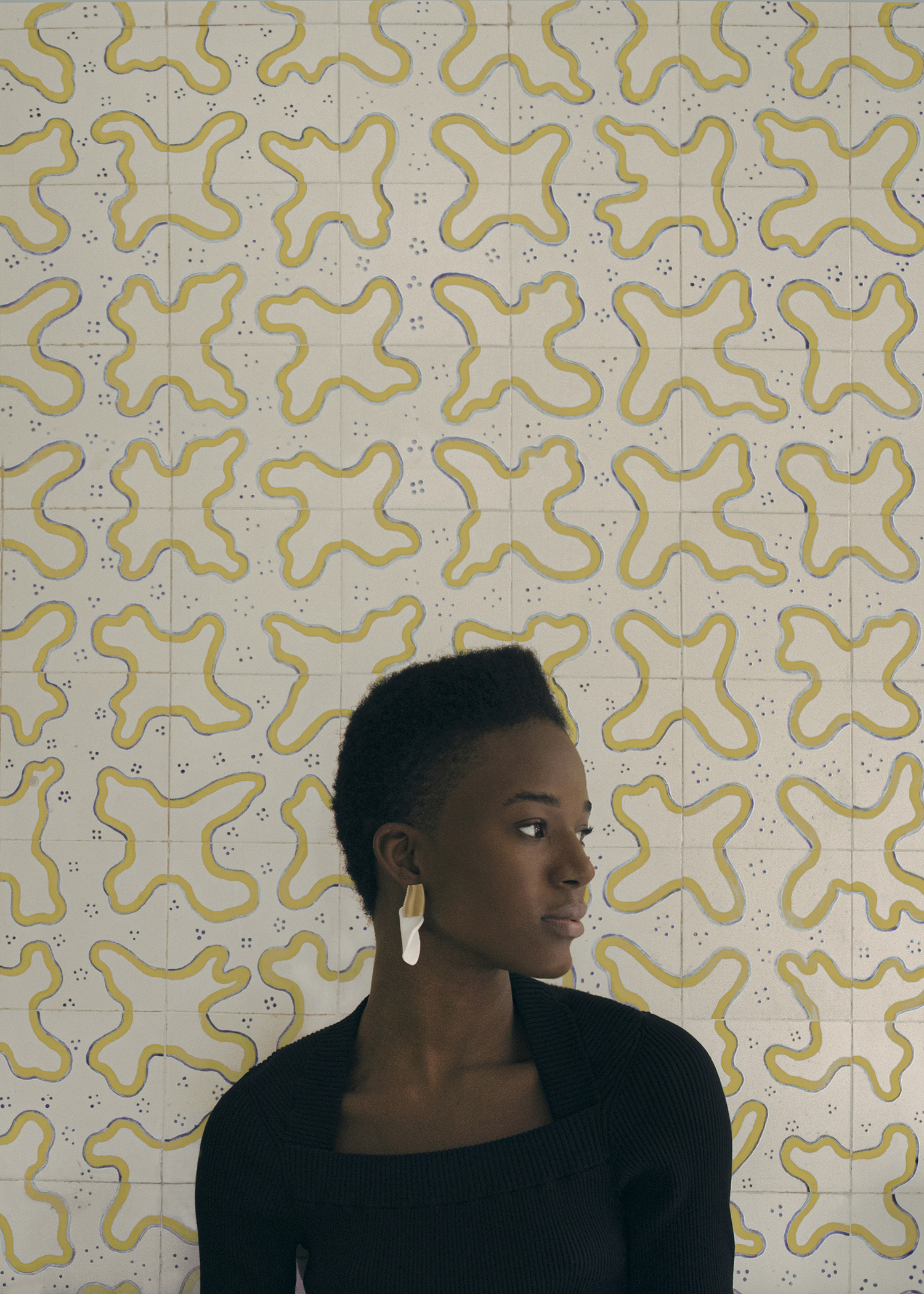
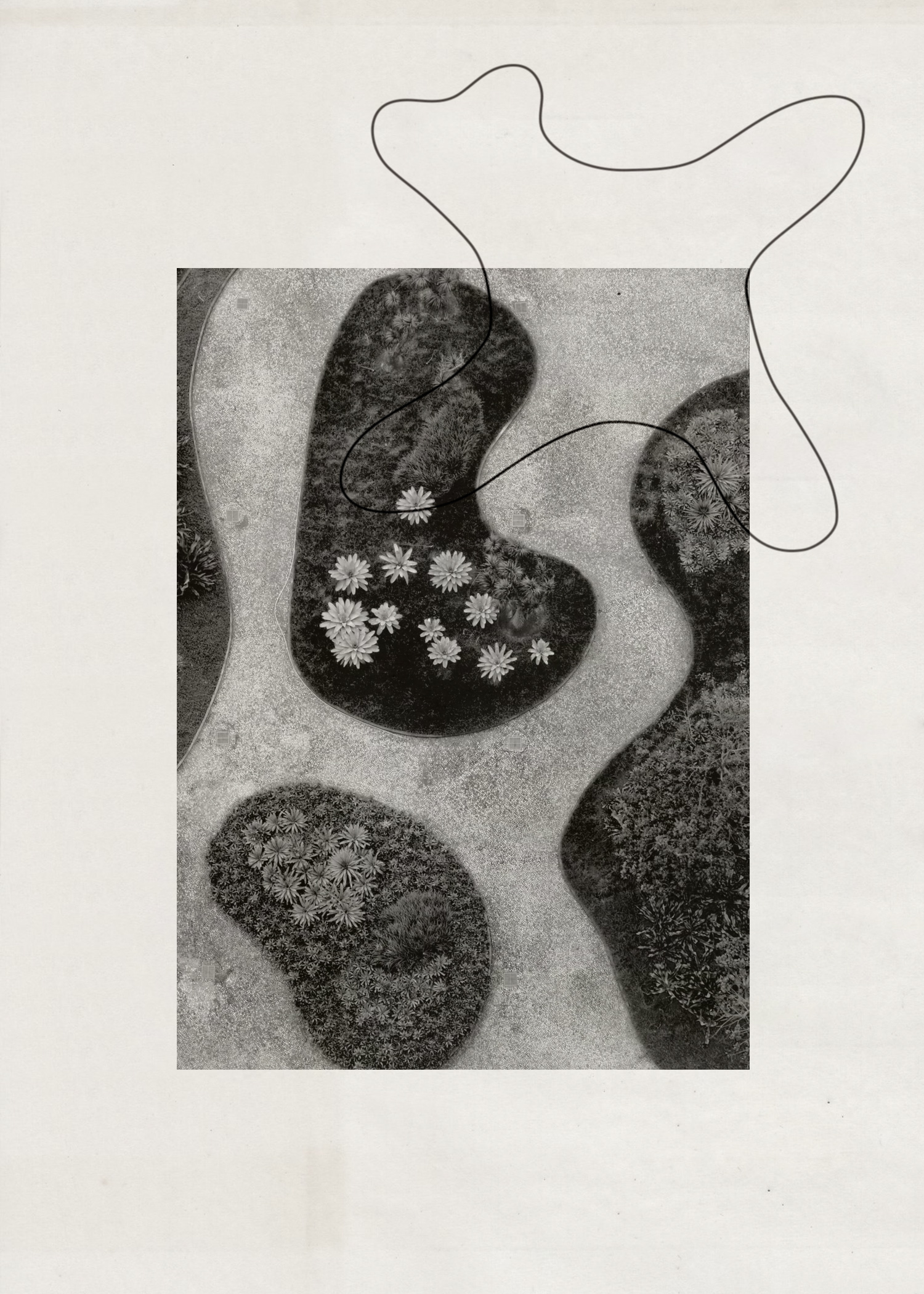
Gardens of the Ministry of Education and Health, Rio de Janeiro, Roberto Burle Marx, 1938. Left: tiles by Roberto Burle Marx
earrings COMPLETED WORKS, top ARKET

In all its sun-soaked verve and brilliance, Brazilian Modernism wasn’t just an aesthetic moment. New ways of thinking about art and architecture gave form to a surging spirit of emancipation from European art, literature, culture and ideas following 1922’s centenary celebrations of independence from Portugal. Artists and architects did more than simply embrace Modernist abstraction, geometry and machine-age motifs. They made them their own – made them Brazilian.
Lucio Costa, who designed three of the residential buildings in Parque Eduardo Guinle, was a long-time collaborator of Oscar Niemeyer’s, famously on Brasilia, one of the most beautifully designed major cities on the planet. It was his vision for Parque Guinle – and the rich Modernist textures of its tower blocks – that provided the model for the would-be utopia.
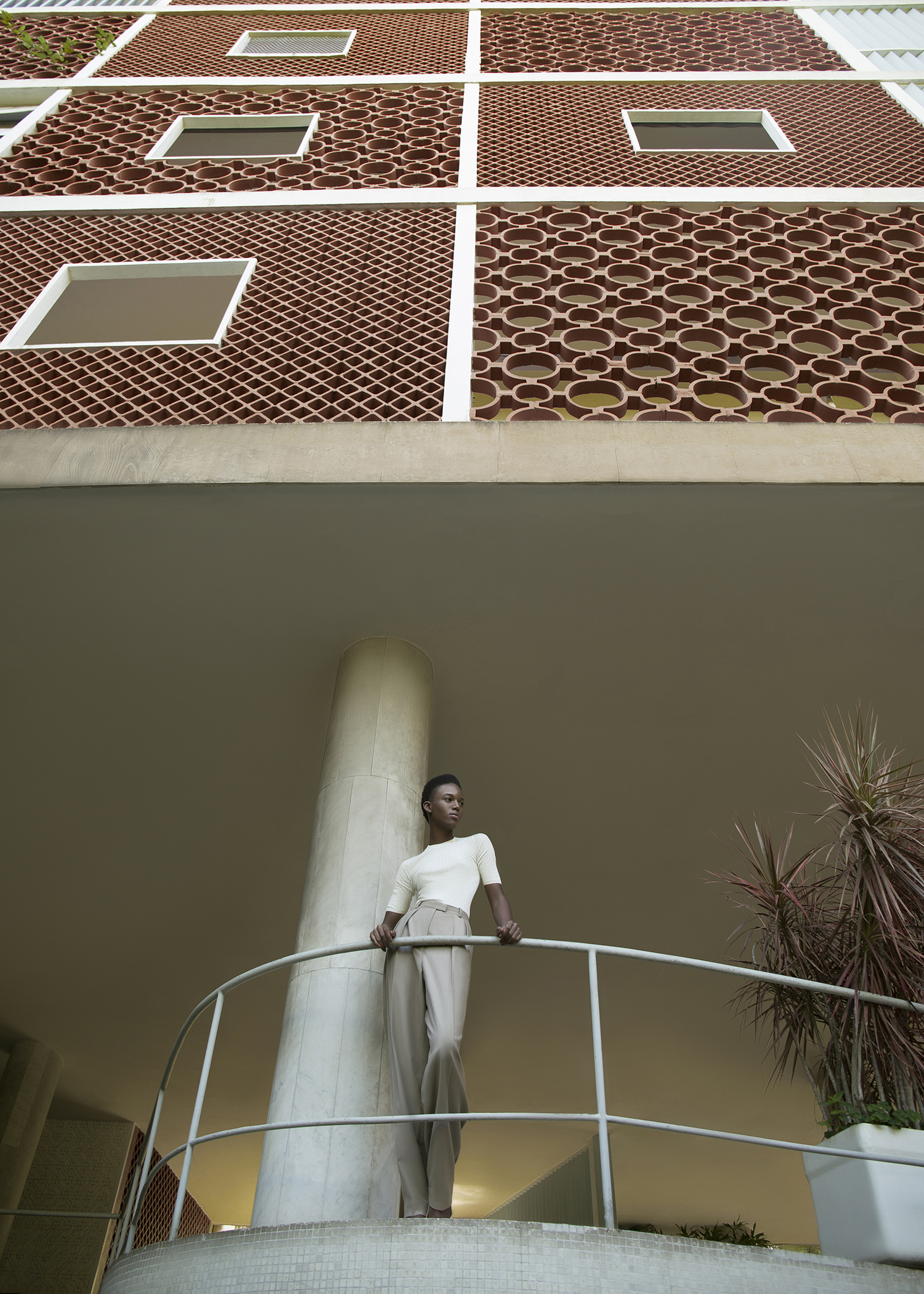
top & trousers ARKET
Robert Burle Marx was the landscape architect on the dream team, an avant-garde renaissance man whose amazing work in art, sculpture and even music is little remembered, thanks to his stellar day job. Nature and organicity informed his Modernist style, and he moved around genres with ease, designing stage sets, fabrics and jewellery, as well as working on a giant scale to create public environments including the famous scallop-patterned mosaic pavements alongside Copacabana Beach. As a serious ecologist, he was one of the first to call for an end to over-exploitation of rainforest regions in Brazil.
The buildings in Parque Guinle are joyous examples of Brazilian Modernism, featuring enough essence of Le Corbusier to thrill travelling design geeks, and the cobógas that distinguish hot-climate façades, mid-century miracles living vividly on into our time and place, now.
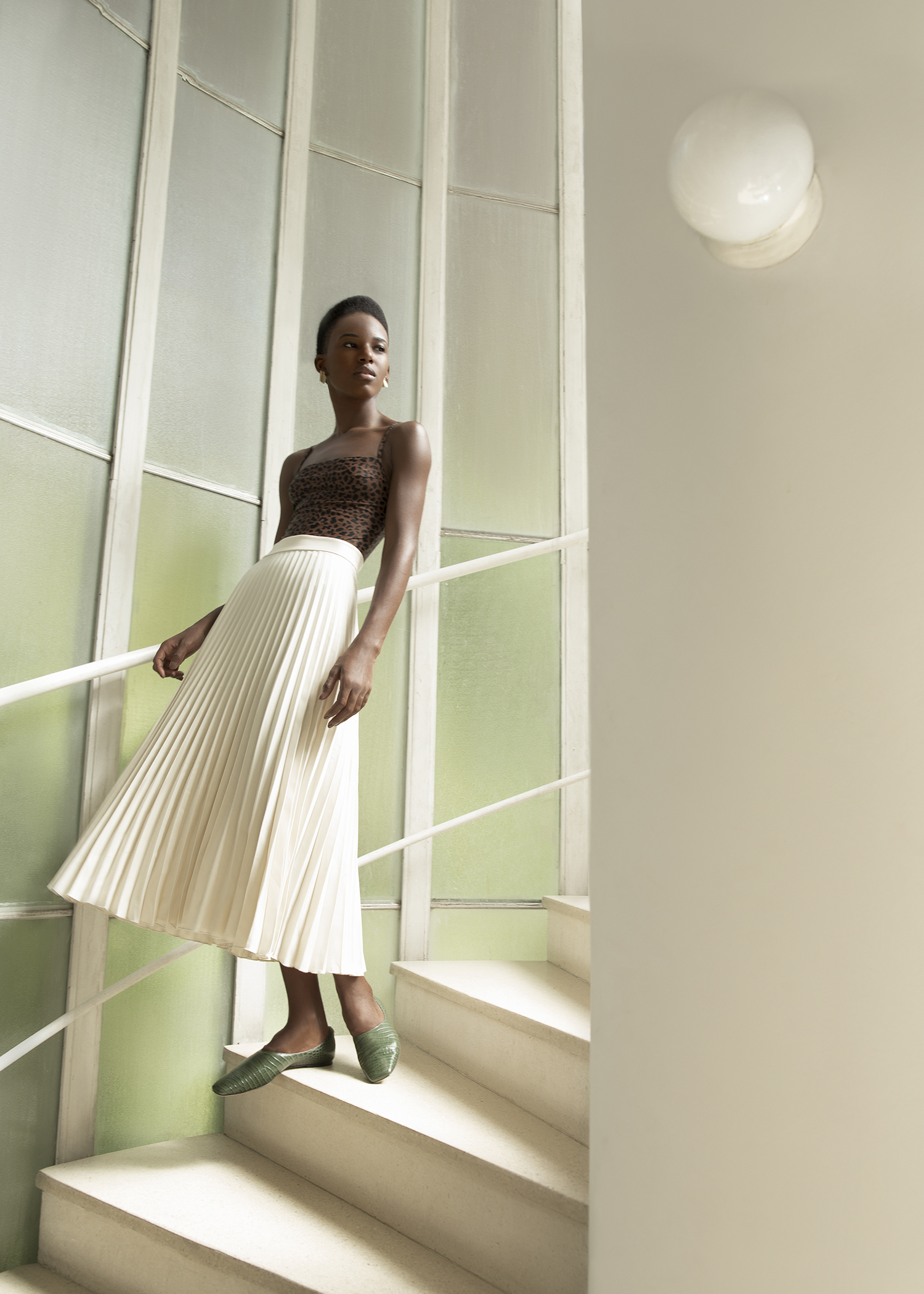
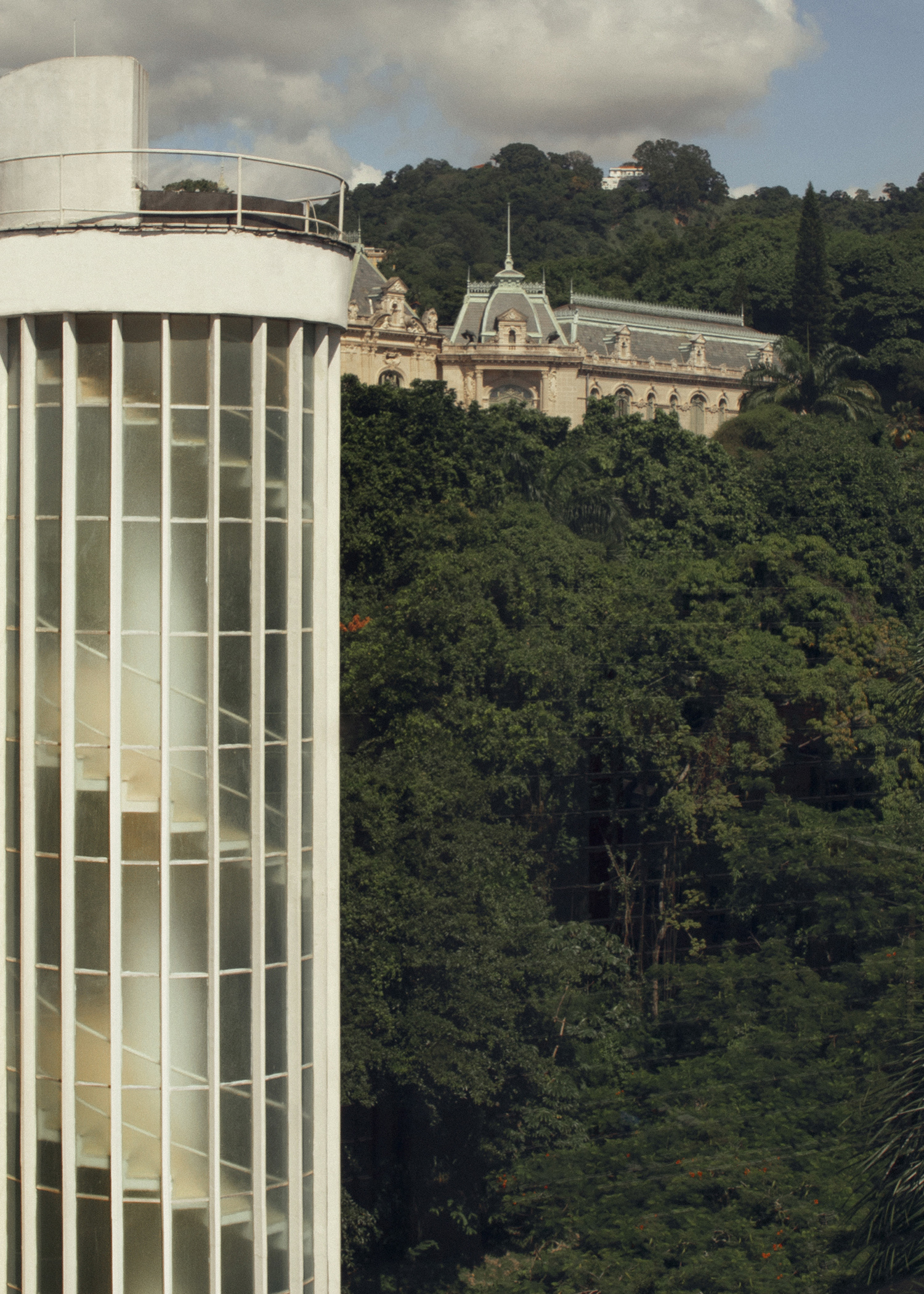
swimsuit & skirt ARKET, earrings COMPLETED WORKS, shoes JIMMY CHOO
Right: Palácio das Laranjeiras
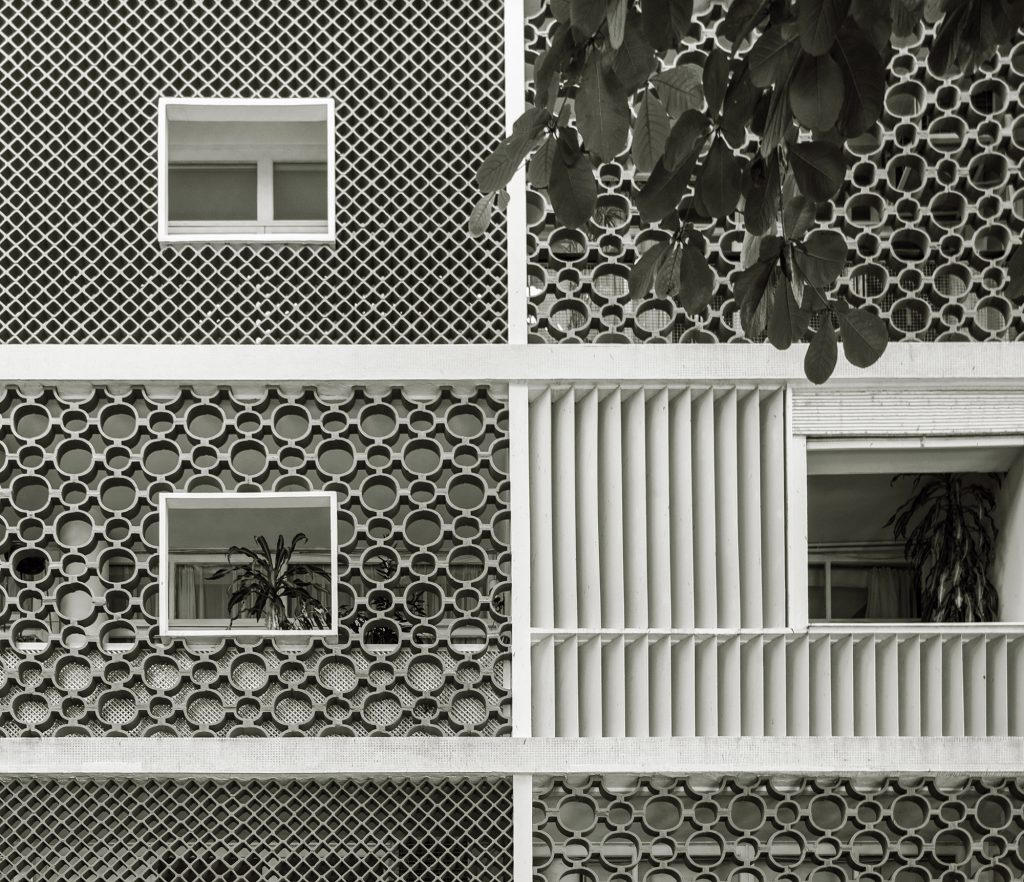
Both functional and fanciful, the point of the hollow ceramic or concrete bricks known as cobógas is to obscure and ventilate the interior of a building. At night, they throw out light from the illuminated interior. They work hard, they look pretty, and they don’t do structure – that’s cobógas for you.
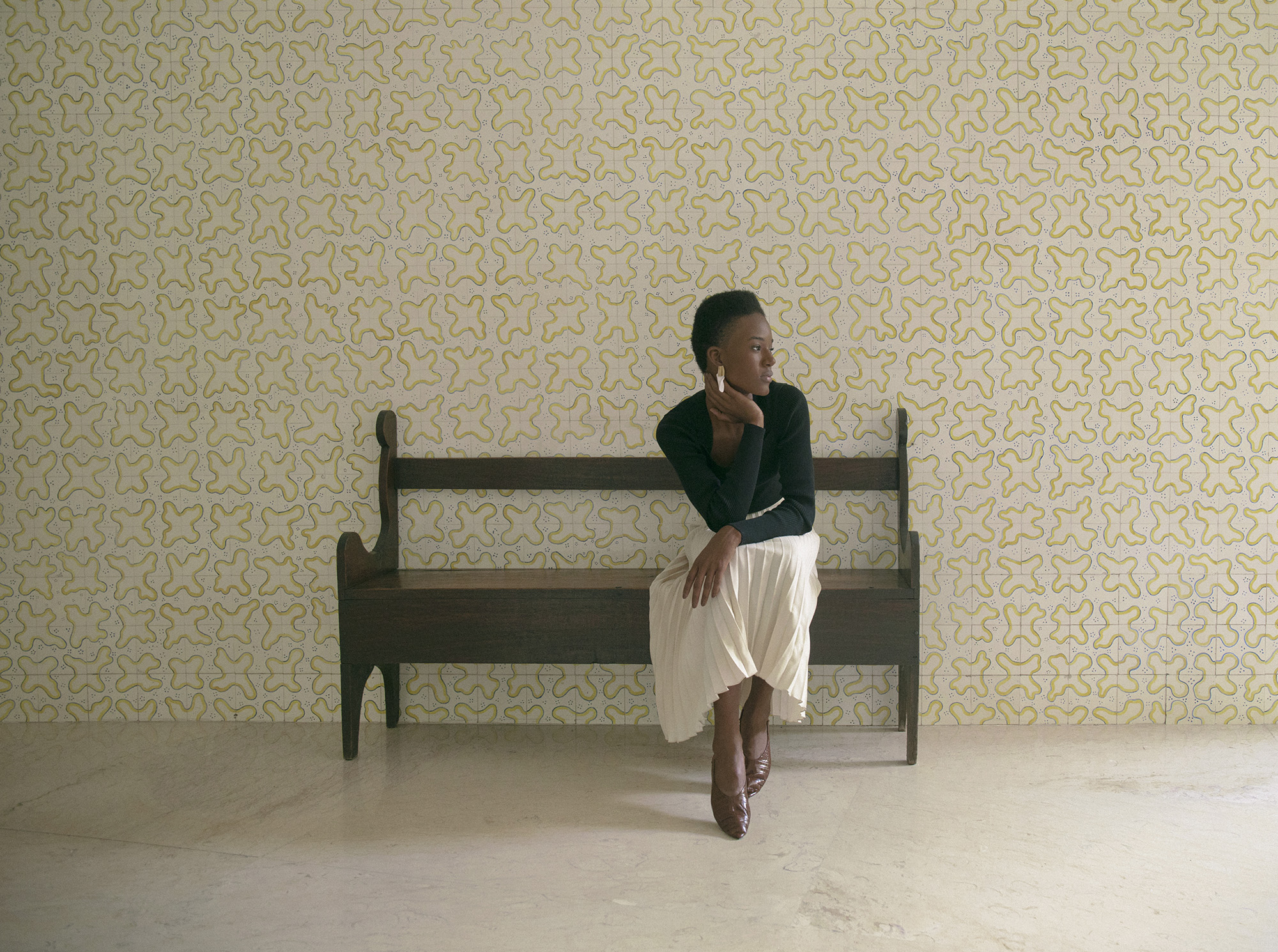
top & skirt ARKET, earrings COMPLETED WORKS, shoes JOSEPH
tiles by ROBERTO BURLE MARX
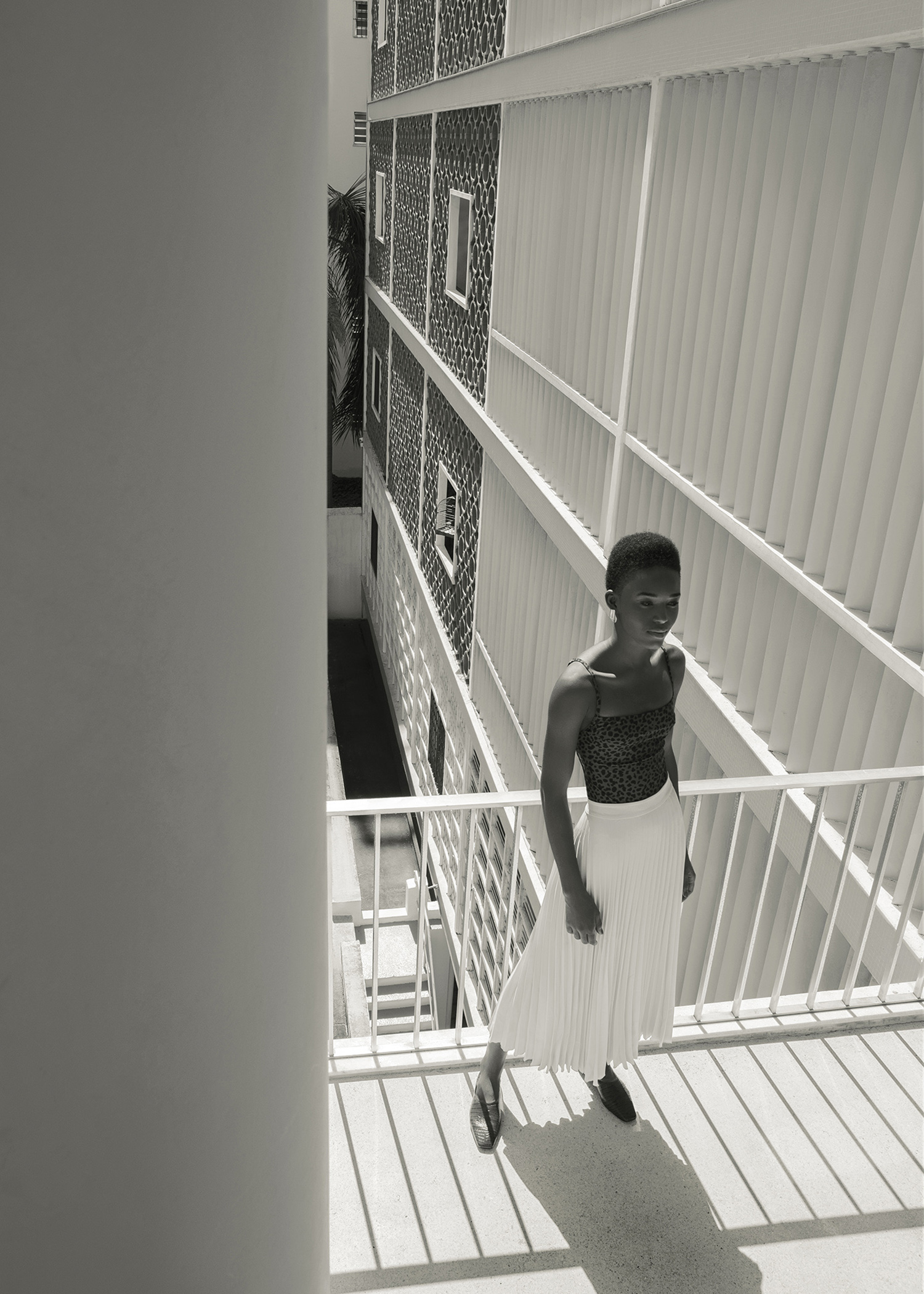


swimsuit & skirt ARKET, earrings COMPLETED WORKS, shoes JIMMY CHOO
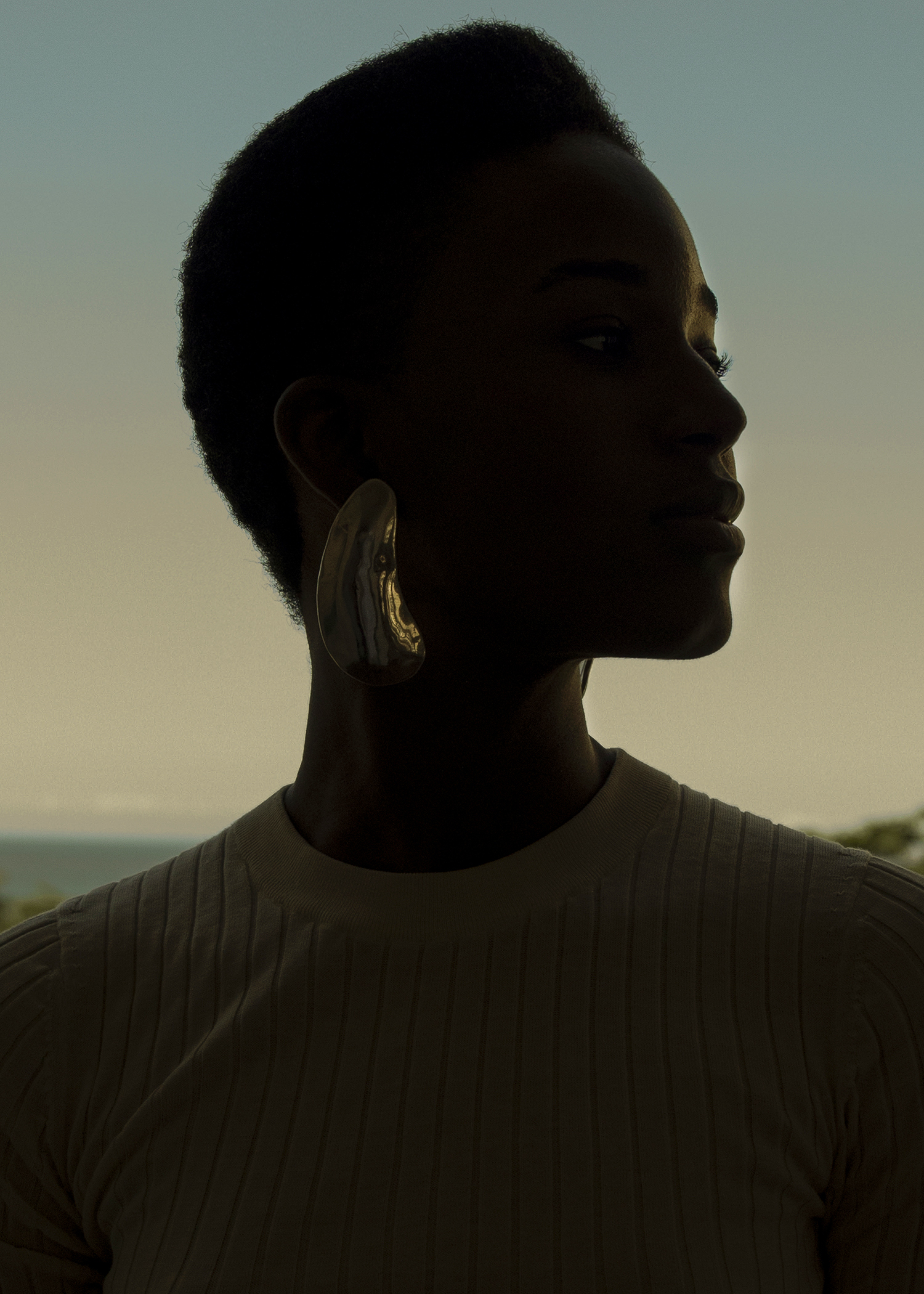
earrings ARIANA BOUSSARD-REIFEL
My work is not about “form follows function,” but “form follows beauty” or, even better, “form follows feminine”
—Oscar Niemeyer


top & trousers ARKET
tiles by ROBERTO BURLE MARX


turtleneck top & vest ARKET, shoes AEYDE
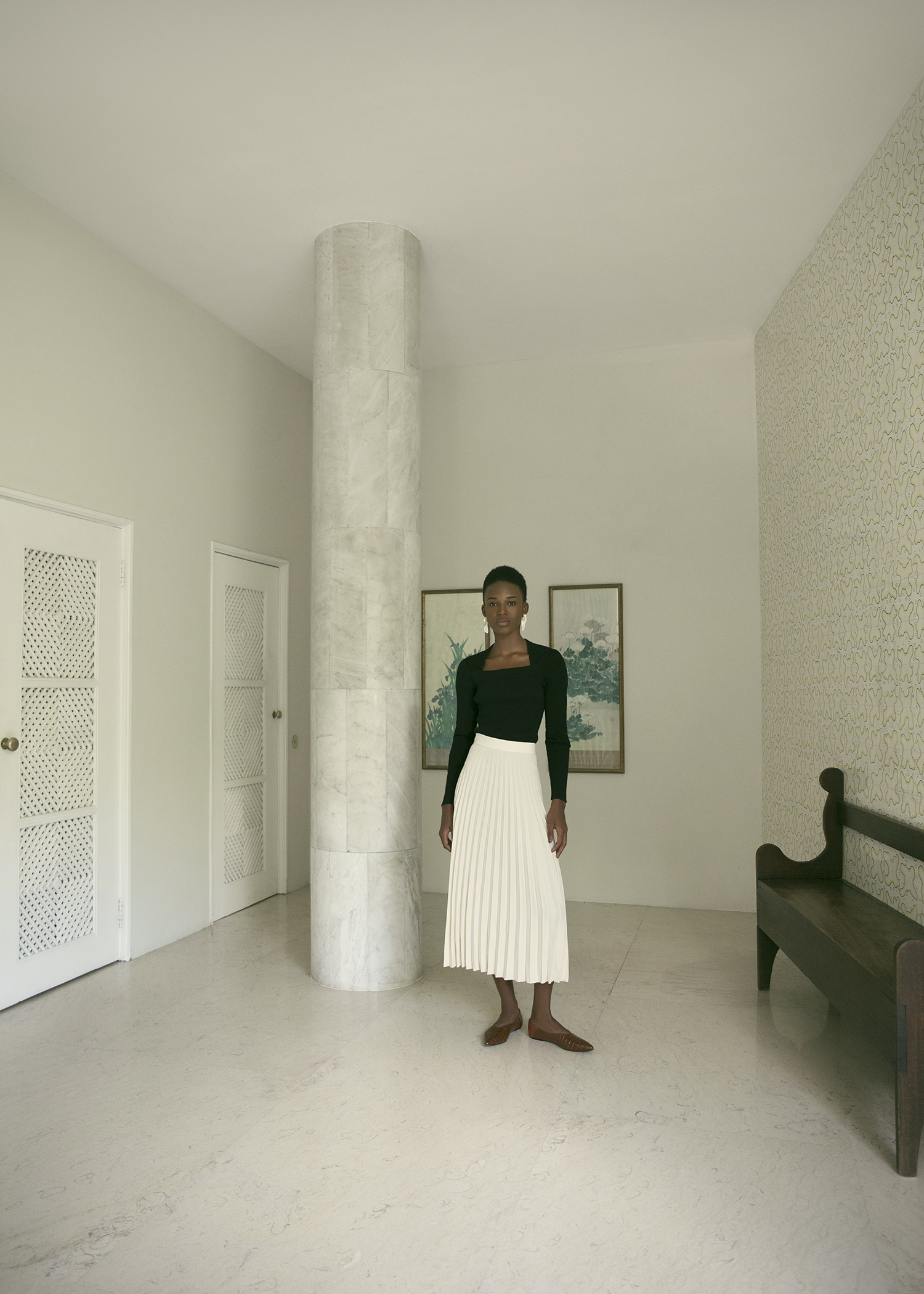
top & skirt ARKET, earrings COMPLETED WORKS, shoes JOSEPH
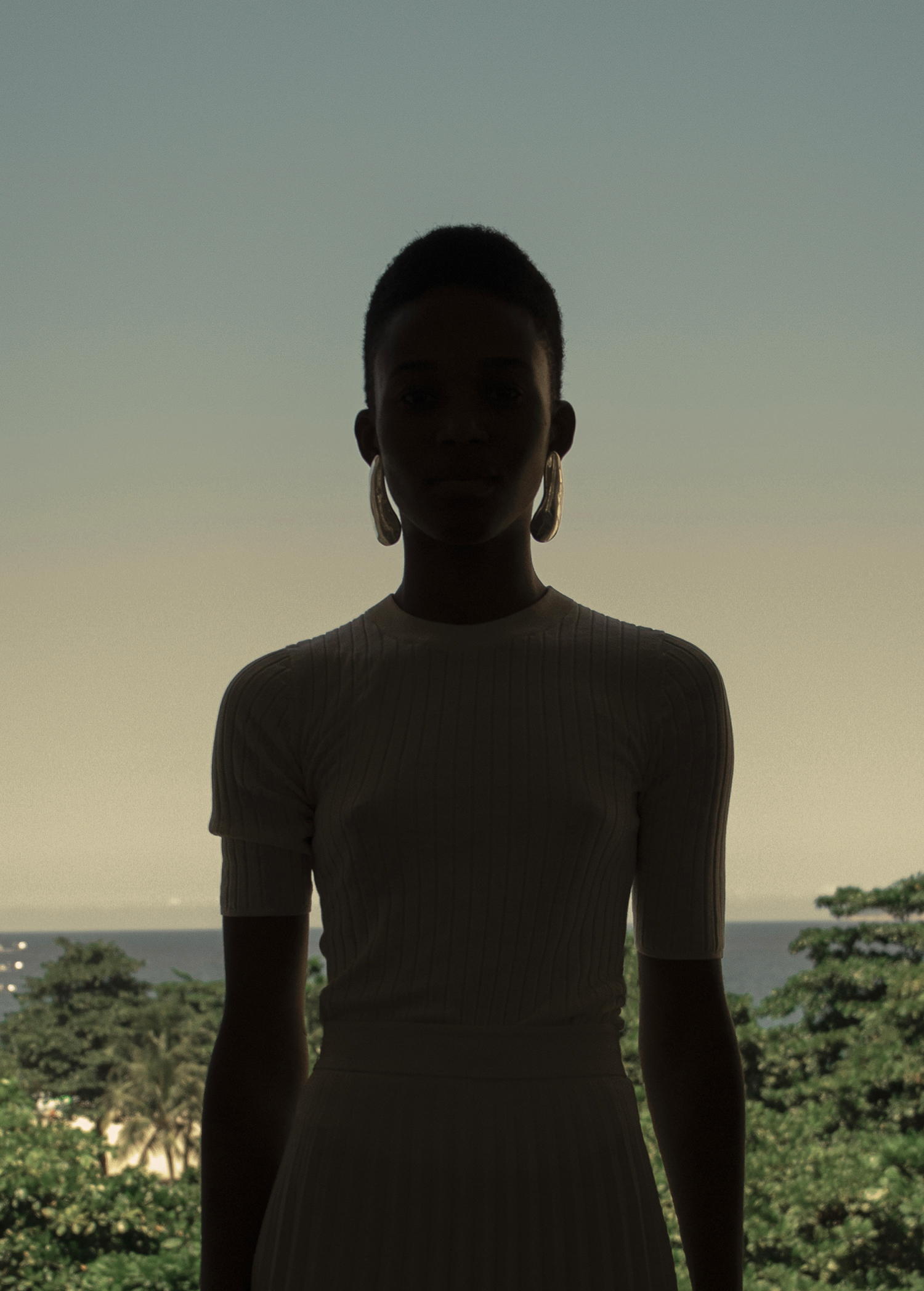

top & skirt ARKET, earrings ARIANA BOUSSARD-REIFEL, shoes NEOUS
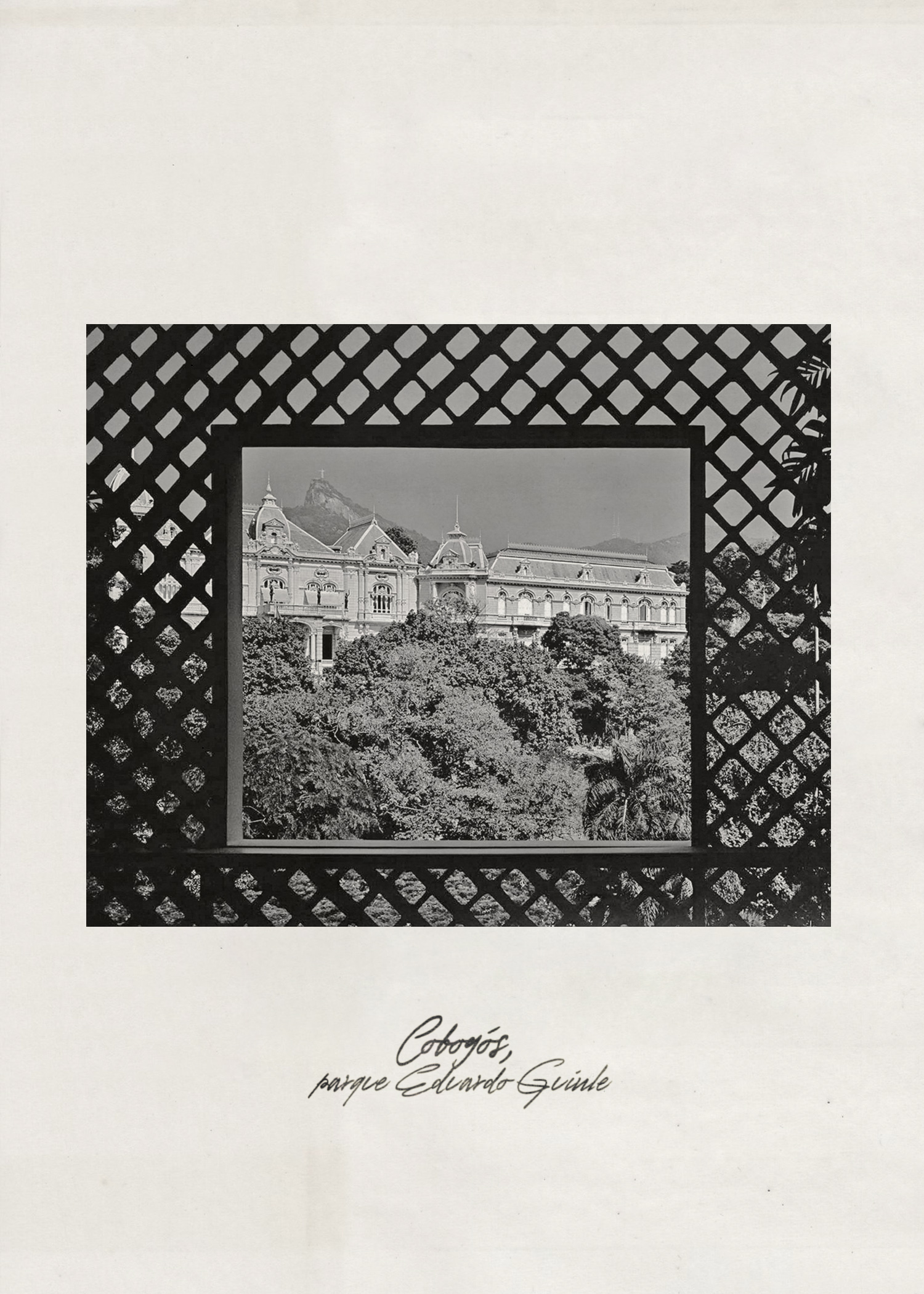
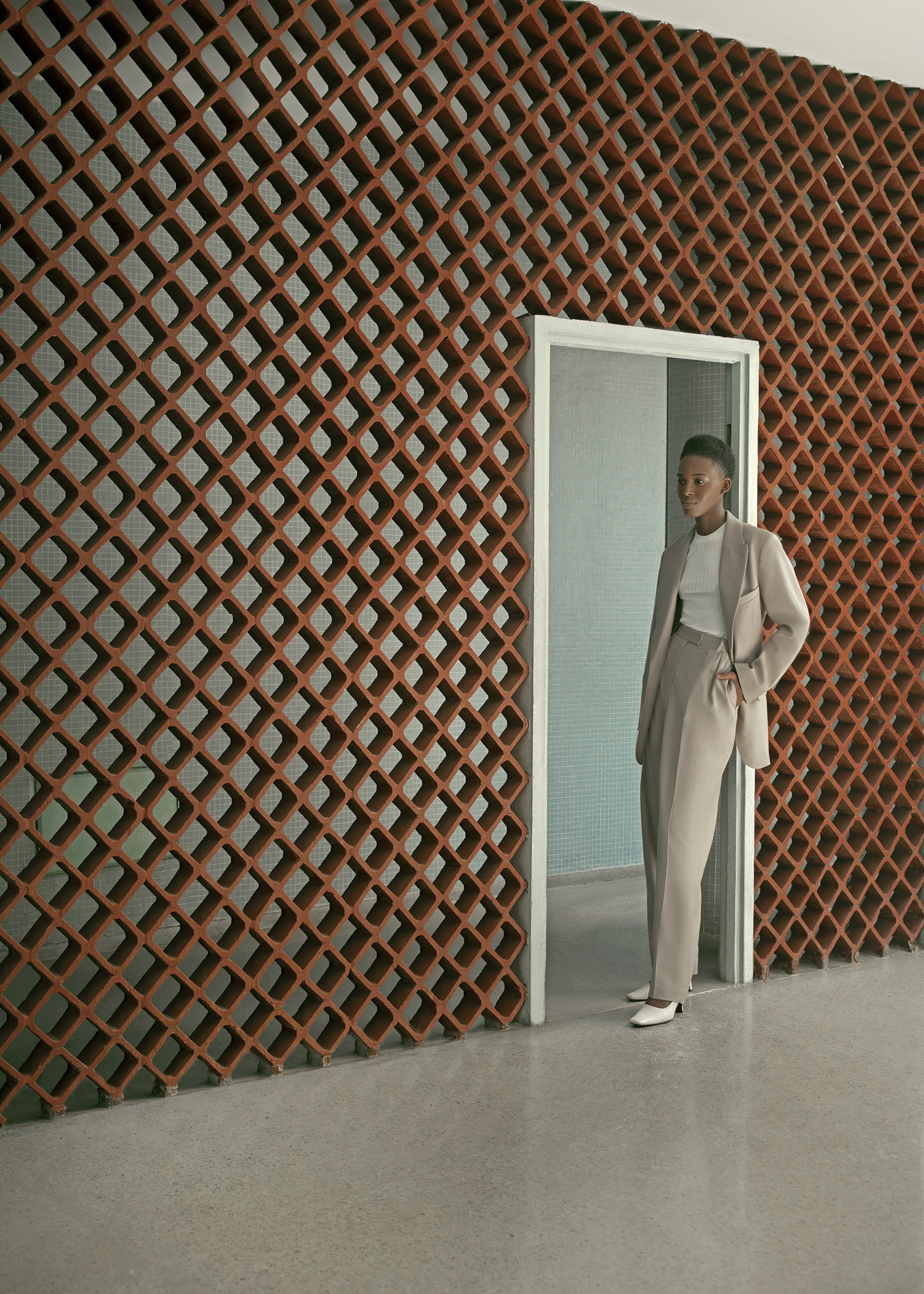
top, blazer & trousers ARKET, shoes NEOUS
Inspired by Rio’s carnival atmosphere and the celebration of life, here’s a playlist to get you in the mood. These tracks should transport you to 1960s Copacabana: days soaking up the sunshine, barefoot on the beach; nights shimmying through the city’s colourful streets. Caipirinhas all round!
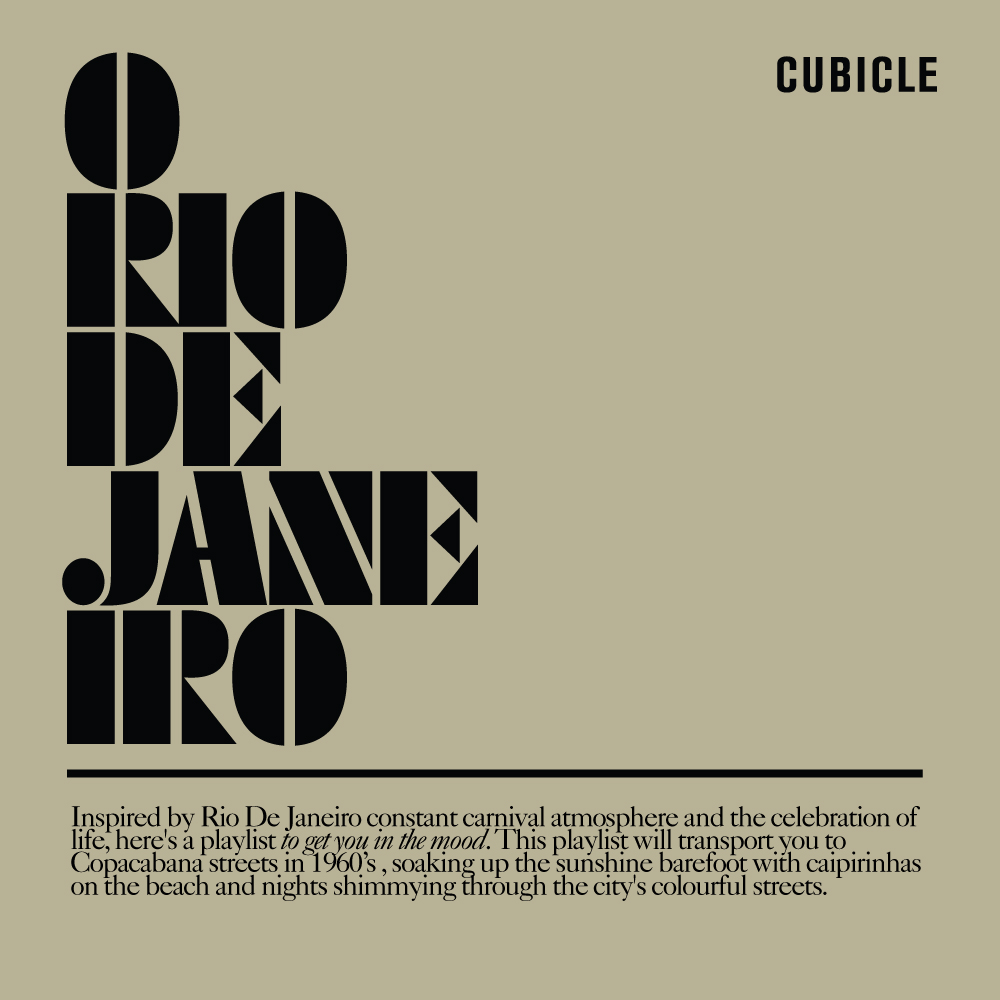
photography CAMILO GONZALEZ
art direction ANDRES LAREU @ HORROR VACUI STUDIO
styling MARIAN NACHMIA
writer SOPHIE DENING
photo assistant JOSE DOS GUIMARAENS
fashion assistance MADALENA HERNANDEZ & ERICA YOU
production CUBE COLLECTIVE
production assistant ROLANDO FIGUEIREDO
retouch ALE JIMENEZ
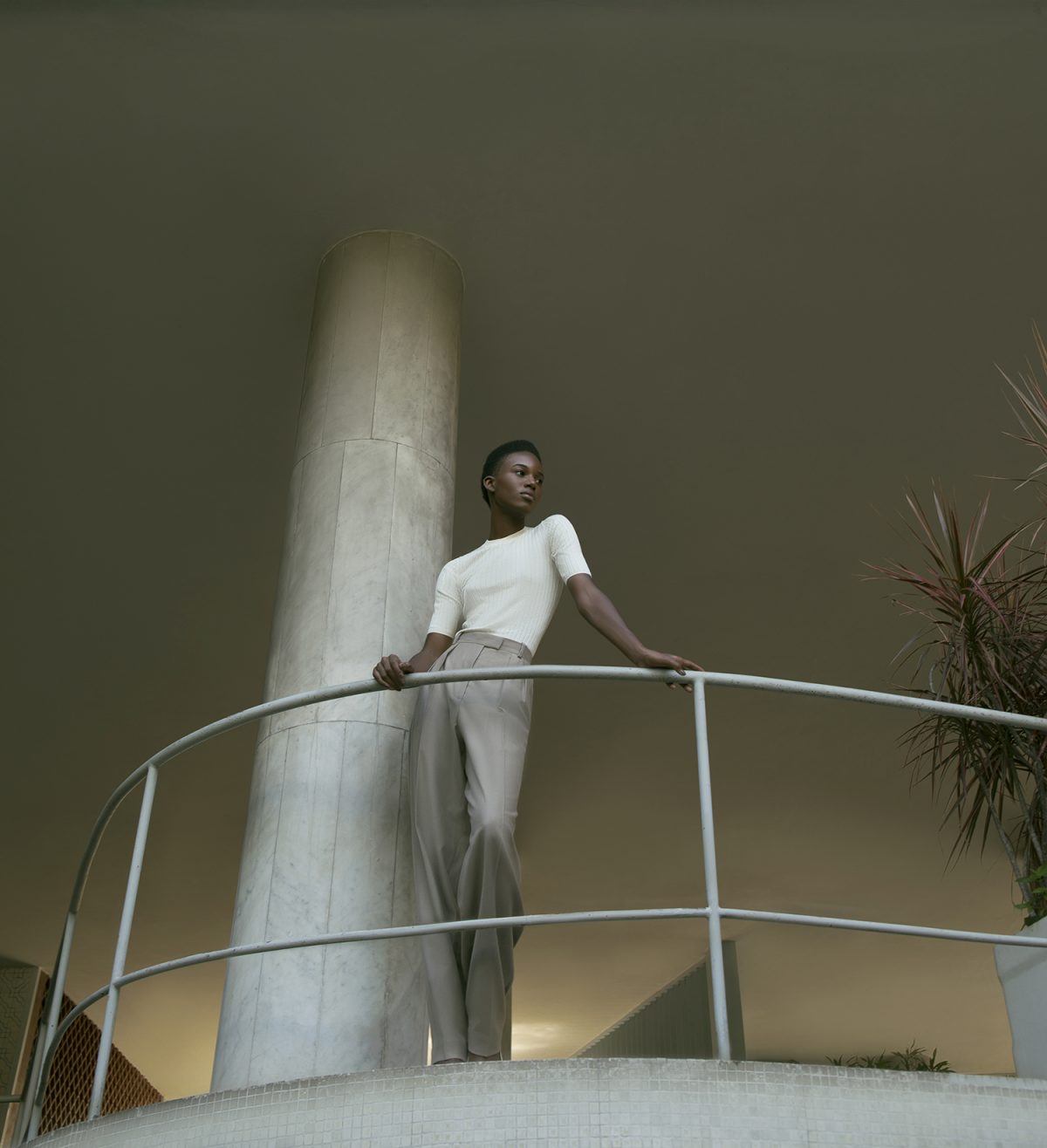


Comments